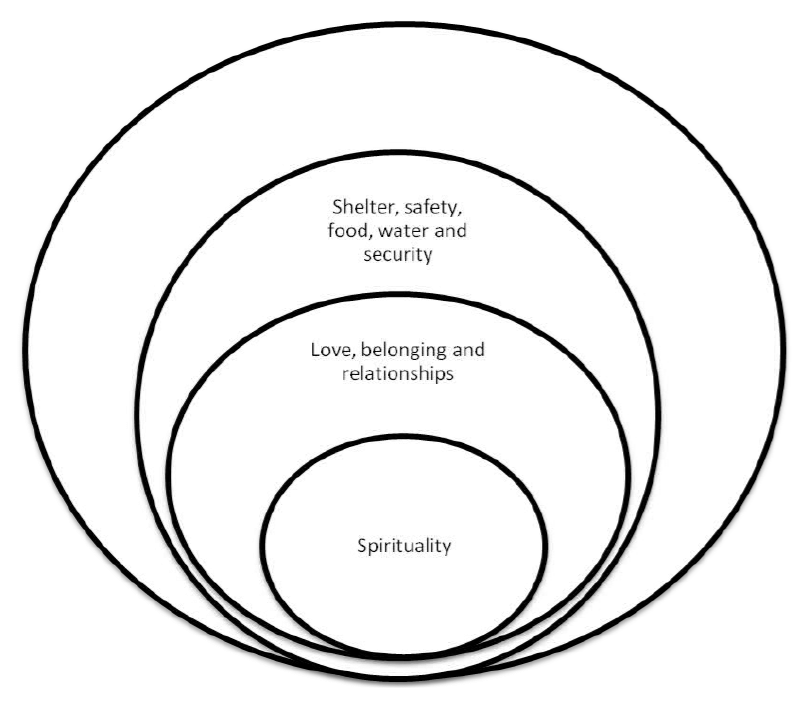Dear Students of Russell Labs,
I write with another installment of the Regular Resource Reminder blog. This time, we are highlighting basic needs support for students. Basic needs include things like food, water, housing, healthcare, clothing, and childcare. There is a new platform for supporting basic needs requests provided by the Vice Provost for Faculty & Staff Affairs. Here is a link to the newly-designed website: https://basicneeds.students.wisc.edu/
Note that website is focused on the Madison area – if you need resources in a different area, the United Way 211 will give you information based on your zip code.
More About Basic Needs
From an educational psychological standpoint, basic human needs are often understood through the framework of Maslow’s Hierarchy:

Abraham Maslow was an American Psychologist in the 1950’s who is highly regarded for his research. He has been credited with the idea that physiological needs are foundational and must be met before a person can focus on higher-level aspirational needs (such as self-fulfillment). However, did you know that Maslow himself never described the relationship between basic and aspirational needs as a pyramid? In fact, he was originally influenced by First Nations perspectives, specifically the Blackfoot Nation.

So is the hierarchy of needs truly a pyramid, or can it be imagined another way? You decide!
However you may choose to think about it, getting your basic needs covered plays an important role in overall health and wellbeing. So remember to stay fed, hydrated, and well-rested as we head into final exam season!
Sources:
Desmet, P.; Fokkinga, S. (2020). Beyond Maslow’s Pyramid: Introducing a Typology of Thirteen Fundamental Needs for Human-Centered Design. Multimodal Technol. Interact. 4, 38. https://doi.org/10.3390/mti4030038
Kaufman, Scott Barry (2019). “Who Created Maslow’s Iconic Pyramid?”. Scientific American.
Blackstock C. (2011). The emergence of the breath of life theory. Journal of Social Work Values and Ethics, 8(1), 1–16. Journal of Social Work Values & Ethics, Vol. 8, No. 1, Spring 2011
Be well,
Allee Hochmuth, M.S.
Academic Advising Manager
Undergraduate & Curricular Services
Russell Labs Administrative Service Center
College of Agricultural and Life Sciences
University of Wisconsin-Madison
Pronouns: she/they
